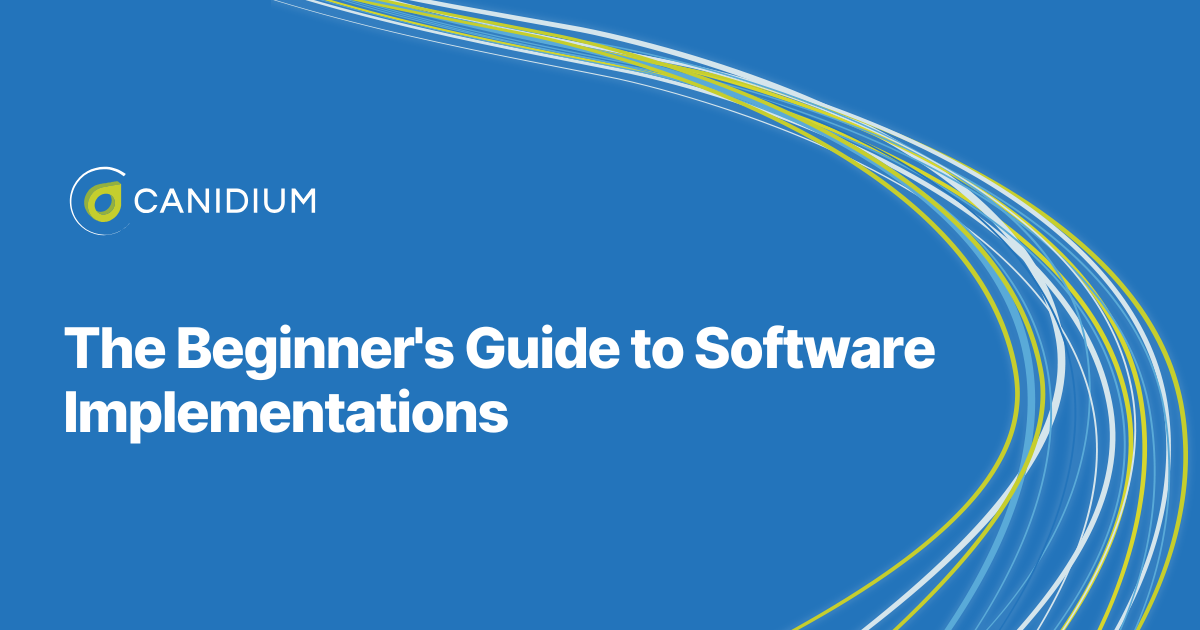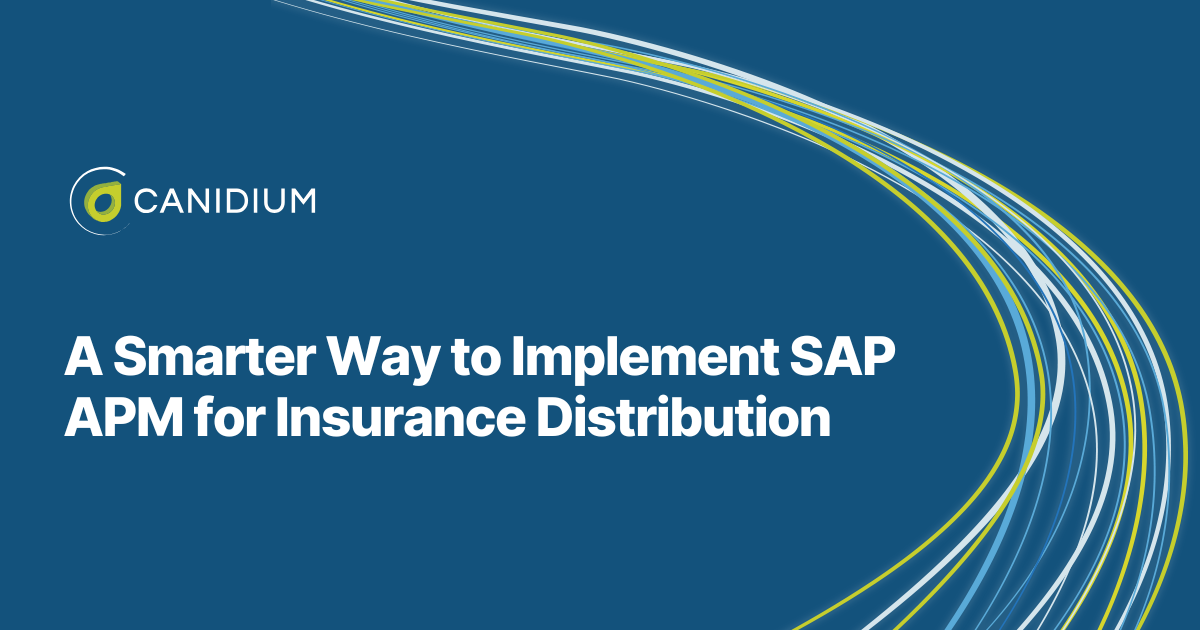Picture this: You’re building your dream home. You sit down with an architect and describe your vision—how many bedrooms, the style of the kitchen, whether you want a home office. Your architect creates a blueprint based on your specifications. Now, fast forward a few months. The construction crew arrives, and they start asking about things like wiring, plumbing, and the type of foundation you want. You might think, “Didn’t I already explain this?”
Software implementation projects follow a similar process. You may feel like you are repeating yourself during the process, first during the scoping phase and then again during the project kickoff. It can feel redundant, even frustrating, but there is a critical reason behind it.
Discovery: The Blueprint Phase
During the scoping phase, our team gathers high-level information to scope the project, estimate its complexity, and draft a Statement of Work (SOW). This step is akin to working with an architect. We need to understand:
- Your overall goals
- Key pain points
- High-level system requirements
- Budget constraints
- High-level business processes
At this stage, our focus is on defining the what—what the solution needs to achieve, what the primary requirements are, and what a successful implementation looks like. The output of this phase is a roadmap for implementation, including cost estimates and a timeline that aligns with your business needs. Essentially, we are gathering your high level system goals to draft the first blueprint of your system and the scope of the project itself.
Kickoff: The Construction Begins
Once the project is approved, we move into the technical execution phase. This is when our engineers, solution architects, and developers roll up their sleeves and get to work. But before they start coding and configuring, they need detailed technical information. At this point, it might feel like you are repeating yourself. However, despite the fact that you are going over the same requirements that were already discussed, your implementation team is actually gathering new information.
During kickoff, the implementation team needs more granular and technical information. To illustrate, let’s go back to our house analogy. While you may have told the architect you want a modern kitchen, now the builders need specifics:
- What type of countertops do you want?
- Where should the outlets be placed?
- What style of cabinets are preferred?
Similarly, during the project kickoff and technical design, we need specifics that weren’t necessary during discovery:
- Detailed user roles and permissions
- Integration points and data sources
- Security requirements and compliance considerations
- Custom reporting and automation rules
You may have outlined many of these technical requirements during the discovery phase, but your team will need additional details on these elements to flesh out your blueprint. Alternatively, they may have found a snag in your system that impacts the original blueprint design. To fully configure and optimize your system to its maximum potential, your implementation team must be thorough. In other words, while you might have already provided a list of data sources during discovery, the technical experts will need to gather some of the finer details during kickoff as well.
Why This Process Is Critical
Repetition during your project kickoff might feel like a redundancy—but it’s necessary to achieve a high level of technical precision. By gathering broad requirements upfront and then drilling down into specifics later, we ensure:
- A clear and aligned project scope before development begins, reducing rework and cost overruns.
- Efficient use of time and resources, ensuring technical teams have the exact details they need to execute flawlessly.
- A solution that truly fits your business rather than a generic implementation that may miss critical nuances.
Redundancies and Kickoff Week
In some cases, you might feel like you are repeating yourself during kickoff week. But just like building a house, there’s a necessary distinction between designing a vision and executing the details. Our team follows this structured approach to ensure your Xactly implementation is well-planned, technically sound, and delivers exactly what your business needs.
If you find you are repeating requirements, it’s not because they were forgotten; we’re simply fine-tuning the foundation of your success. If you want to learn more about the software implementation process, check out our step-by-step guide.








